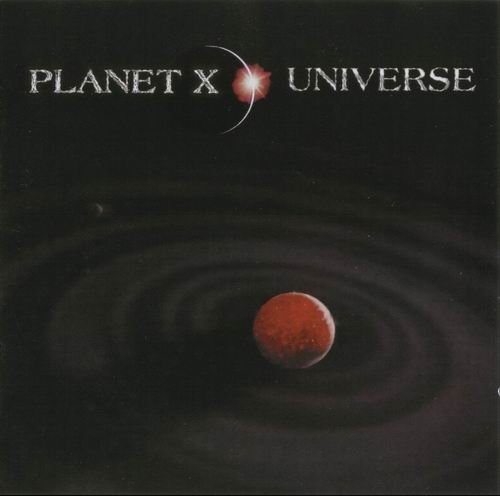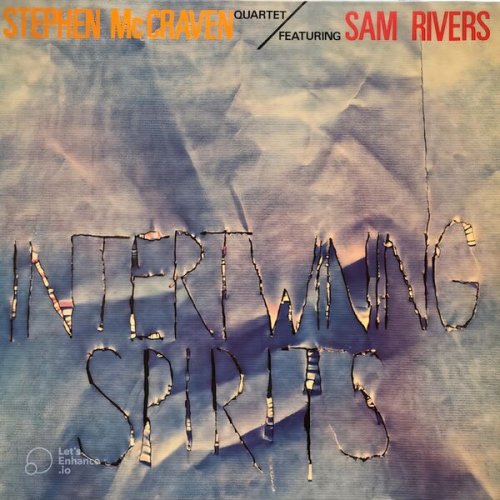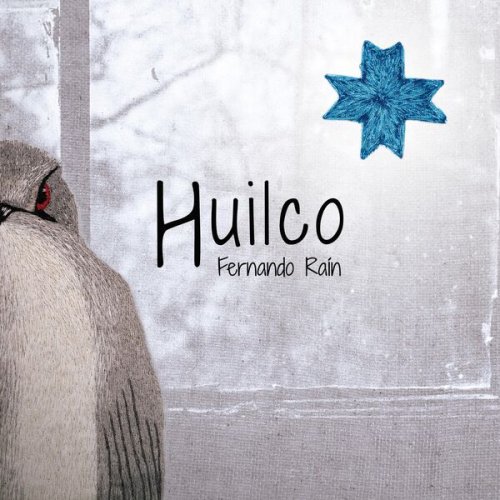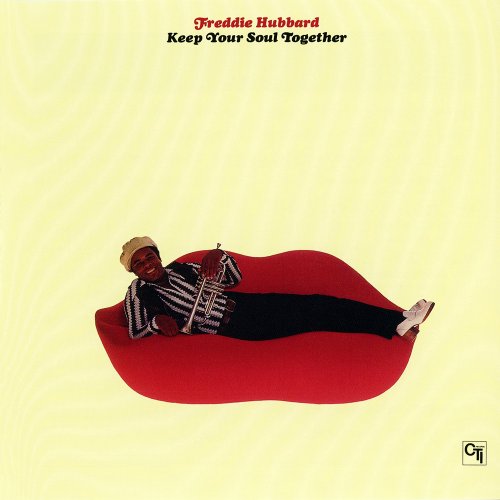Marcello Sebastiani - Suite & Songs (1997)
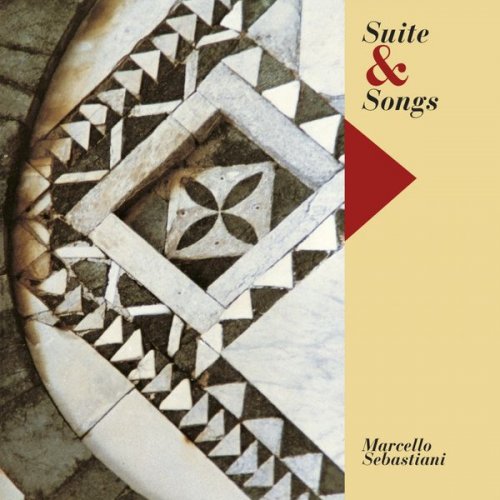
Artist: Marcello Sebastiani
Title: Suite & Songs
Year Of Release: 1997
Label: Splasc(h) Records
Genre: Jazz
Quality: FLAC (tracks)
Total Time: 55:40
Total Size: 268 MB
WebSite: Album Preview
Tracklist:Title: Suite & Songs
Year Of Release: 1997
Label: Splasc(h) Records
Genre: Jazz
Quality: FLAC (tracks)
Total Time: 55:40
Total Size: 268 MB
WebSite: Album Preview
1. None Nicer (Original Version) (04:35)
2. Persian Eyes (Original Version) (05:23)
3. Dwarfs (Original Version) (05:46)
4. Song for a Woman (Original Version) (07:00)
5. Dance (For Alice) [Original Version] (05:42)
6. Dream (Original Version) (05:29)
7. Quiet Sea (Original Version) (05:25)
8. Running with the Wolves (Original Version) (05:09)
9. After Summer Song (feat. After Summer Song) [Original Version] (08:12)
10. Song for Simon (Original Version) (02:54)
Bassist Marcello Sebastiani has assembled a host of musicians to explore the wellspring of his inspiration: song forms as they relate to the jazz model. Having composed and arranged the entire program, Sebastiani recruited a host of Italy's finest to help him execute the wildly varying poles of that passion. There are quintets with brass, harp, and reeds, a trio with piano and drums, and a stunning solo bass work entitled "None Nicer" that opens the album. Full of repetitive themes and variations that all reflect back on a three note figure, "None Nicer," is the cornerstone for the album. In the larger group contexts such as "Persian Eyes," or "After Summer Song," that come from the jazz idiom directly, Sebastiani keeps his lyric lines elegant. He may invert them in his own solos, or allow the horns a modal deviation in harmonic counterpoint, but by and large these pieces sing with the lyrical intensity of Verdi and the swing of Tadd Dameron that is illuminated by the four-part suite "For Alice." It stretches out over four compositions -- "Dance," "Dream," "Quiet Sea," and "Running With the Wolves." In these pieces, the Latin side of Sebastiani's muse articulates itself with an expressionistic fury, showcasing striated harmonic exigencies and intervallic inventions of jazz's temporality and nuance. And, yes, it swings as hard as it sings. This album is the proof that the future of modern jazz -- at least what we recognize jazz to be -- may indeed lie in Italy.
Review by Thom Jurek
Review by Thom Jurek

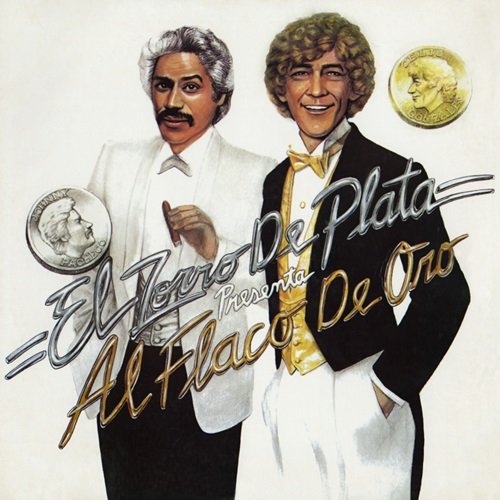
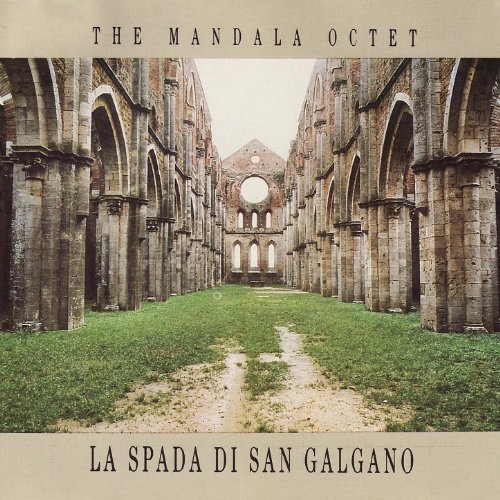
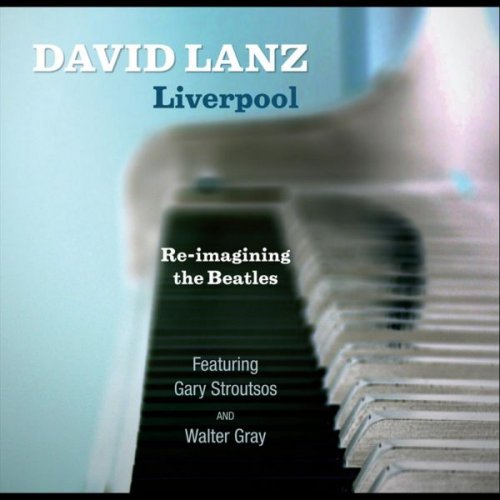
![Tomasz Stańko - Rue de la Tour (Polish Radio Sessions vol. 5/6) (2025) [Hi-Res] Tomasz Stańko - Rue de la Tour (Polish Radio Sessions vol. 5/6) (2025) [Hi-Res]](https://www.dibpic.com/uploads/posts/2025-12/1765796463_cover.jpg)
